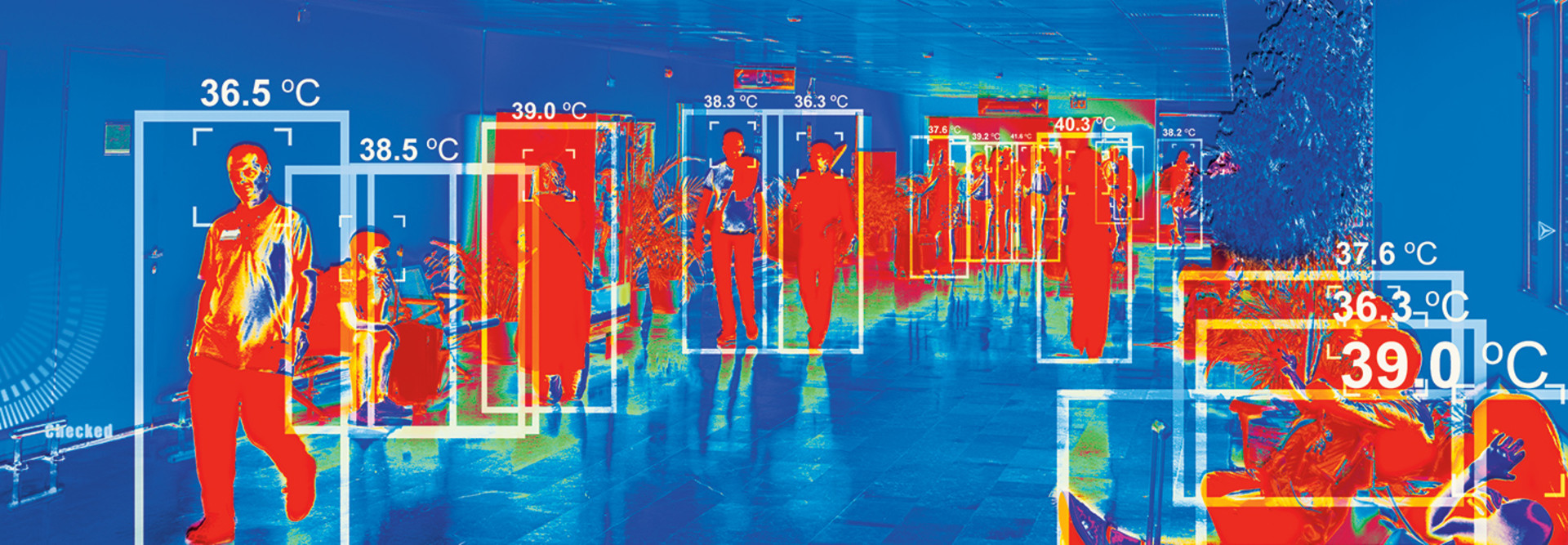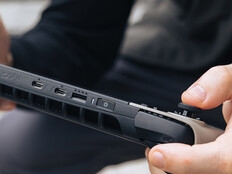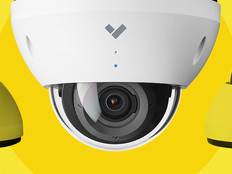Crises drive innovation, and COVID-19 has been no exception. In June, Los Angeles World Airports announced it had deployed thermal cameras at Los Angeles International Airport to help identify travelers with elevated body temperatures.
The Terminal Wellness initiative could potentially help mitigate the spread of viruses.
The pilot project “is part of our extensive efforts to protect all those traveling through LAX and is another example of how LAWA is setting new standards for the airport industry with best practices, technology and innovation,” says LAWA CEO Justin Erbacci in a press release.
In this voluntary program, thermal cameras screen passengers in the terminal. Those with body temperatures of 100.4 degrees or higher are asked to undergo a secondary screening with a handheld, noncontact thermometer.
READ MORE: What are the tools agencies need to rebound from crises?
A New Application for a Proven Tool
Experts say this initial reading of surface skin temperature could be a valuable safeguard. The ability of thermal-camera technology to take instant readings “has quickly made it a preferred tool for frontline screening,” says Chris Bainter, vice president of business development at FLIR, one of the tech providers on the pilot project.
FLIR has a similar program running with Emirates Airlines, with temperature screening for passengers traveling on U.S. and U.K. flights departing from Dubai International Airport — a signal that such measures may represent the “new normal” in air travel, Bainter says.
299,364
The number of travelers passing through LAX in April 2020
Source: labusinessjournal.com, “LAX Traffic Tumbles 96% in April,” June 1, 2020
At LAX’s Tom Bradley International Terminal, both arriving and departing passengers can volunteer to be screened. Such screening can be helpful in checking the spread of COVID-19, but experts caution that there are limitations.
Thermal cameras detect surface skin temperature, and that can vary.
“People are always running in an airport, with luggage, and these cameras are sensitive to body heat. If you just sprinted along the terminal, your body scan is going to look different from a normal one,” says Karen Panetta, IEEE fellow and dean of graduate education at Tufts University School of Engineering. “This is Los Angeles, and everyone who goes in wearing makeup or sunscreen will either record much lower, which isn’t good, or much higher, and you’ll end up pulling everybody aside.”
Taking a Layered Approach to Airport Screening
Given the limitations, aviation industry officials say the thermal screen is part of a broader vision of airport safety.
“Temperature screening can be part of a layered approach to reducing the risk of infection during air travel, in conjunction with other measures such as physical distancing, face coverings, and increased sanitation and cleaning,” says Perry Flint, spokesperson for the International Air Transport Association.
The jury is still out at Airports Council International – North America, an industry advocacy group. “We have not yet seen the medical evidence to support the benefit of temperature checks,” says Christopher Bidwell, senior vice president for security.
MORE FROM STATETECH: Agencies may use social distance montioring technologies as they bring workers back into offices.









